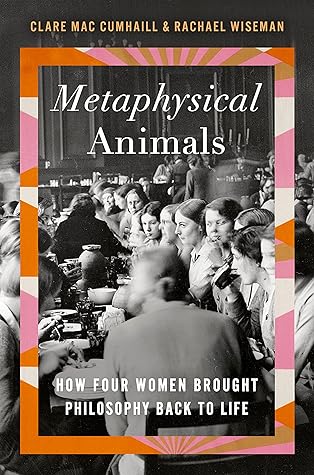Marcel considers a ‘cinematographic’ conception of time, whereby the past is thought of as a fixed series of discrete events (like the row of pictures that Elizabeth uses to illustrate the idea of the past as something there and unchanging).[50] This is the picture of time that operates in the I-It world, writes Marcel (borrowing Martin Buber’s way of speaking). But when it comes to living individuals, the I-Thou world, the cinematographic conception of time is inadequate. In the world of human beings, the past remains alive in the present and the future. ‘Past is all “open to be recreated” –
...more
Welcome back. Just a moment while we sign you in to your Goodreads account.


